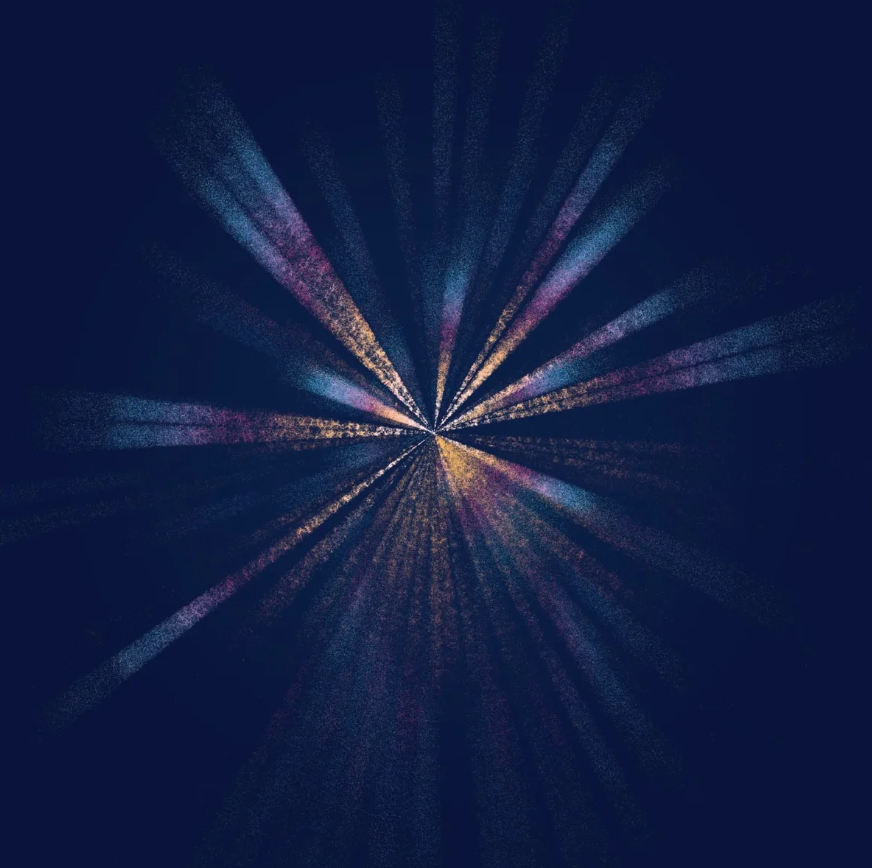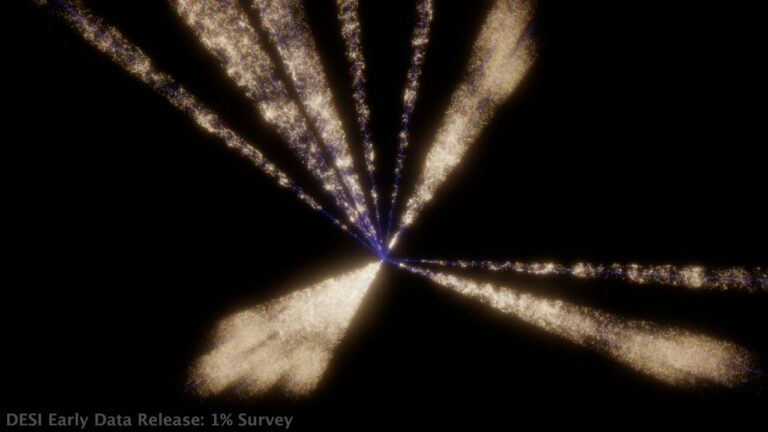A Quarter-Century Ago, Astrophysics Unveiled Its Most Startling Discovery
Twenty-five years post the identification of dark energy, scientists continue their quest to unravel its nature.
In the early afternoon of 1994, two astronomers engaged in conversation in an air-conditioned computer room at the observatory headquarters in La Serena, Chile. Nicholas Suntzeff, an associate astronomer at the Cerro Tololo Inter-American Observatory, and Brian Schmidt, who had recently completed his doctoral thesis at the Center for Astrophysics | Harvard & Smithsonian, specialized in supernovae—exploding stars. Seated with a blue-and-gray sheet of IBM printout paper, they decided it was time to apply their expertise to tackle a fundamental cosmological question: the fate of the universe.

In a universe where gravitational forces act on all matter, logic dictated that the expansion of space, initiated by the big bang, should be slowing down. But by how much? Just enough for the expansion to eventually cease, or so much that it would reverse in a sort of cosmic about-face? They hastily outlined a plan on the back of the paper, detailing the telescopes to secure, the peers to recruit, and the responsibilities to delegate.
Meanwhile, over 9,600 kilometers up the Pacific Coast, a team at Lawrence Berkeley National Laboratory, led by physicist Saul Perlmutter, was pursuing the same goal. Suntzeff and Schmidt were aware of Perlmutter’s Supernova Cosmology Project (SCP), but they believed that a team of actual astronomers could catch up, as the SCP team primarily consisted of physicists learning astronomy on the fly.
Their team did catch up, and in 1998, both collaborations independently reached a groundbreaking conclusion: the expansion of the universe was not slowing down; it was speeding up.
This year marks the 25th anniversary of the discovery of evidence for “dark energy,” a term coined for whatever force was driving this acceleration. Initially almost a joke, it turned out that if dark energy existed, it would constitute two-thirds of all mass and energy in the universe—two-thirds of what had been assumed to be the entirety of the universe throughout human history. Yet, the nature of this two-thirds remained a mystery.
Quarter of a century later, the summary still holds. Despite accumulating convincing evidence of dark energy‘s existence, the mystery persists. From the outset in 1998, theorists recognized that dark energy posed an immediate existential problem for physics, overshadowing even the fate of the universe. The enigma of why a universe filled with matter, gravitationally attracting all other matter, has not collapsed upon itself has intrigued astronomers since Isaac Newton’s introduction of the universal law of gravitation in 1693. Newton himself acknowledged the possibility, but suggested it might require a divine power.
This article is republished from ScientificAmerican under a Creative Commons license. Read the original article.
Do not forget to share your opinion with us to provide you with the best posts !




0 Comments